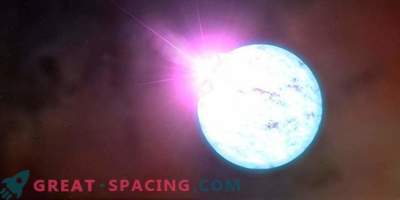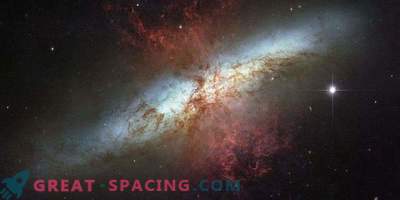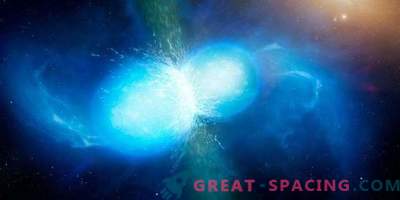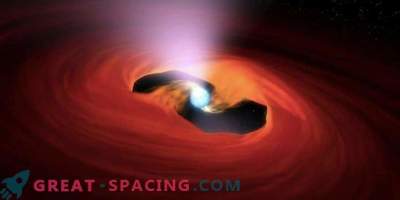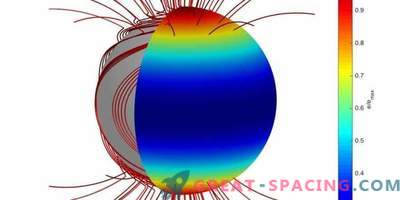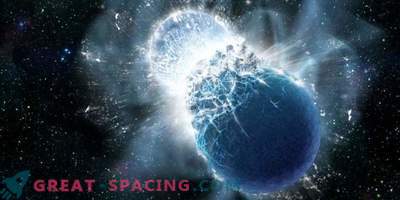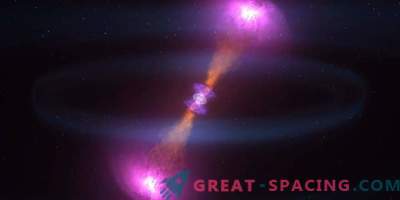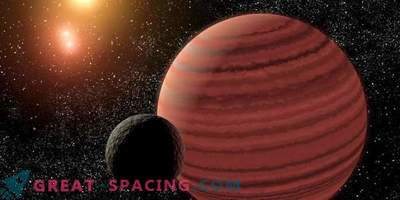
Scientists from ITMO University explained how neutron stars generate intense directional radio emission. They created a model based on the transition of particles between gravitational states, that is, quantum states in a gravitational field.
Neutron stars are one of the most amazing astronomical objects, since in density they are inferior only to black holes. Inside there are no separate atoms and nuclei. Such high density caused huge gravity, leading to unique physical properties, such as directional radio emission.
On Earth, the study of neutron stars first began in 1967, when they began to pick up periodic signals. At first they even thought it was a bell from extraterrestrial civilizations. But soon they realized that the emission of neutron stars is a natural process and does not contain any message. Radio waves come in the form of a narrow beam that “shines” in space like a beacon when a star rotates. It therefore resembles periodic pulsations.
The most mysterious in neutron stars is the mechanism that generates such directional radio emission. More than 50 years, the answer was not found. But recently, researchers at ITMO University have described the process. They developed a theoretical model based on similar states observed in electrons of semiconductor nanocrystals and gravitational fields. Scientists examined how electrons move near the surface of a neutron star. They are not able to break through it due to the high density of matter inside the star. At the same time, electrons are attracted to the surface by powerful gravity. As a result, the particles are captured in a thin layer just above the surface of the star. The laws of quantum mechanics state that the energy of trapped electrons can take only discrete values. If electrons fall to the surface, they pass through discrete states of gravity, radiating energy in the form of radio waves.
The authors noted that despite the exciting results, they used the well-known principles of physics. Namely, the mechanism of radio emission for neutron stars resembles an ordinary laser. In the future, they plan to use the model to study the gravitational states of other massive objects in space.
